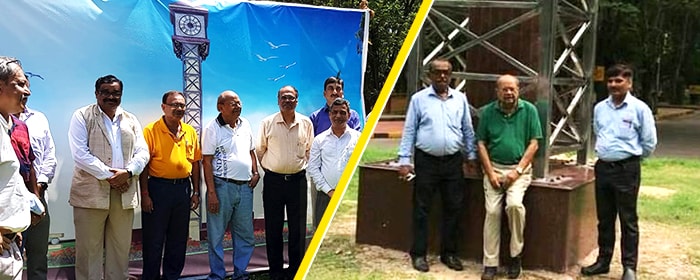
Remembering Indramohan Asthana
“My buildings will be my legacy...they will speak for me long after I’m gone,” Julia Morgan, world famous architect, had said after a long and prolific career. Her sentiment would have been echoed by Indramohan Asthana, a much admired alumnus of IIT Kharagpur and a renowned architect. We are deeply saddened by his demise on the night of August 29, 2019. Asthana graduated from the Department of Architecture and Regional Planning with 1st Class Honours in 1959 and started his professional career as an architect the same year. And what an outstanding innings it turned out to be! His firm…

